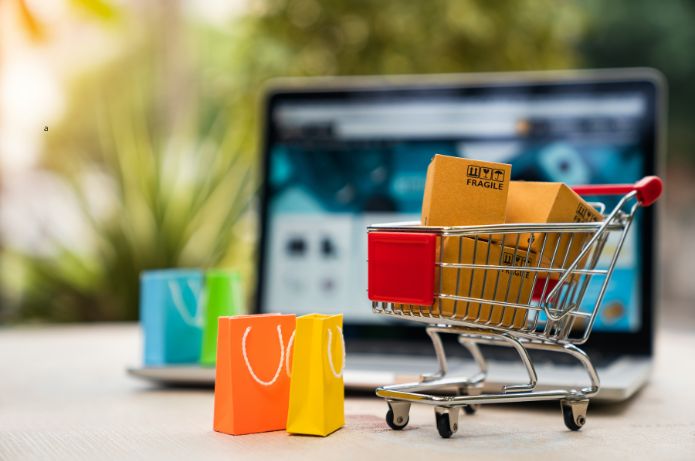The Online-to-Offline Integration, commonly known as O2O, it is a business strategy that aims to unite online and offline shopping experiences, creating a more fluid and integrated consumer journey. This approach is redefining the retail landscape, leveraging the best of both worlds to provide a superior shopping experience for customers
What is O2O
O2O refers to strategies and technologies that connect online sales channels with physical stores. The goal is to create a seamless shopping experience, where customers can start their journey in one channel and complete it in another, without interruptions or inconveniences
Key Elements of O2O Integration
1. Click-and-Collect (Buy Online, Pick up at the Store
Customers place orders online and pick up the products at a physical store, saving time and shipping costs
2. Showrooming and Webrooming
Showrooming: Customers try out products in physical stores and then buy online
Webrooming: Research online and buy in the physical store
3. Integrated Mobile Applications
Apps that offer functionalities for both online shopping and enhancing the experience in physical stores, like internal maps, shopping lists and digital coupons
4. Beacons and Geolocation
Technologies that send personalized notifications to customers when they are near or inside physical stores
5. Augmented Reality (AR) and Virtual Reality (VR)
They allow customers to view products in real environments or try them virtually before purchasing
6. Unified Inventory Management Systems
Integration of online and offline inventory for an accurate view of product availability across all channels
Benefits of O2O Integration
1. Enhanced Customer Experience
Offers consumers more options and convenience, allowing them to choose how, when and where to buy
2. Increase in Sales
Integration can lead to an increase in sales, because customers have more opportunities to interact with the brand
3. Better Inventory Management
A unified view of inventory helps optimize product distribution and reduce costs
4. Richer Data and Analyses
Data collection both online and offline provides deeper insights into consumer behavior
5. Customer Loyalty
An integrated and frictionless experience can increase customer satisfaction and loyalty
Challenges in Implementing O2O
1. Technological Integration
Unifying online and offline systems can be complex and costly
2. Staff Training
Employees need to be trained to handle new technologies and processes
3. Consistency of Experience
Maintaining a consistent brand experience across all channels can be challenging
4. Data Privacy and Security
The collection and use of customer data across multiple channels raises privacy concerns
Success Stories in O2O
1. Amazon Go
Physical stores without cashiers, where customers can pick up products and leave, with the payment processed automatically through their smartphones
2. Starbucks
Use of mobile application for pre-orders, payments and loyalty program, perfectly integrating the digital and physical experience
3. Walmart
Implementation of in-store pickup and home delivery services, using your physical stores as distribution centers for online orders
The Future of O2O
As technology advances, we can expect
1. Greater Personalization: Use of AI to create highly personalized experiences at all touchpoints
2. Integration with IoT: Smart devices facilitating automatic purchases and restocking
3. Seamless Payments: More advanced payment technologies for fast and secure transactions across all channels
4. Immersive Experiences: More sophisticated use of AR and VR to create unique shopping experiences
Conclusion
Online-to-Offline integration represents the future of retail, where the boundaries between the digital and the physical are becoming increasingly indistinct. Companies that successfully implement O2O strategies will be well positioned to meet the expectations of modern consumers, that seek convenience, personalization and frictionless shopping experiences
O2O is not just a passing trend, but a fundamental transformation in the way companies interact with their customers. As technology continues to evolve, the integration between the online and offline worlds will become even more sophisticated, offering exciting opportunities for innovation and growth in the retail sector


